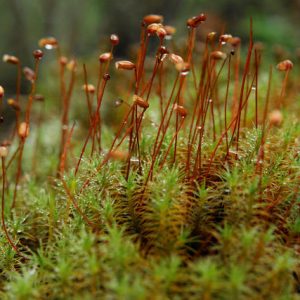Phylogeny – Classification and Assessing Relatedness – In Person
This week the In-Person Lab and Make Up Module are the same. If you miss lab, contact your TA ASAP to discuss how to complete the In-Lab and Post-Lab work on your own.
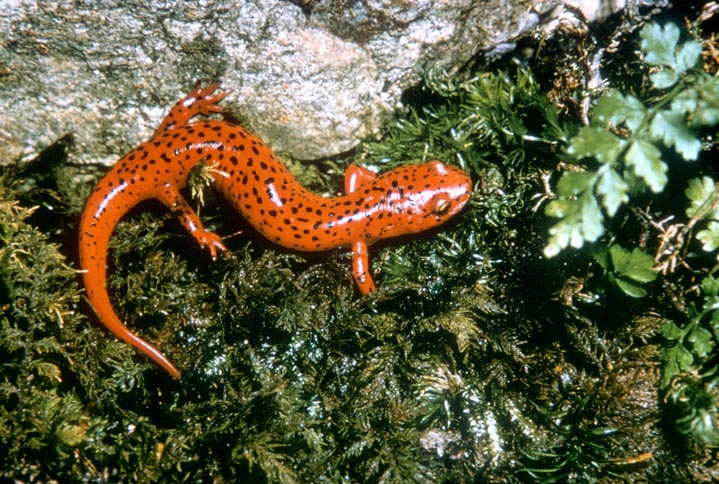
Make sure that you have submitted your Pre-Lab Assignment already on Moodle and "bring it with you" to the In-Lab meeting.
- To learn about Plant and Vertebrate groups, you will be going on a scavenger hunt to find organisms in each group and taking pictures to document what you find.
- Before you start, you will need to become familiar with each Plant and Vertebrate group AND the Characters used to group them. Review the basic groups of Plants Characters (p. 90, 95-97) and Vertebrate Characters (p. 99, 105-108), and view the Supporting Information below to help you fill out the characters of major plant and vertebrate groups when you come to lab.
- Scavenger Hunt Collection: Find at least 1 example for each of the Plant and Vertebrate groups listed in this lab unit. These should be pictures you take from nature (outdoors) and/or indoors, museums, zoos, pet/aquarium stores, grocery stores, gardening center, but should not be pictures you have taken off the web. Some groups may be harder to find than others. It is OK to use pictures you already have on your phone. You DO NOT need to take pictures of the Charophytes or Crocodilians.
- If you cannot go outside, see the last bullet on this list.
- Identify each organism and classify into as many taxonomic levels as you can. See Lab Unit 4.1 and 4.2 for a list of apps that can help with identification of organisms.
- Bring your pictures to the In-Lab meeting to contribute to your group's collection of Plants and Vertebrates.
- SAFETY WARNING: Avoid walking into tall grasses/vegetation, thorny plants, shrubs and vines. Avoid poison ivy and other plant/animal dangers. Do not touch or try to capture animals, and avoid bites and stings from insects and any wild vertebrate. Avoid wading into water.
- Are you unable to go outside? Go on a virtual field trip to visit virtual reality (VR) ecosystems. Find as many organisms as you can and take screen shots of what you find. Follow the rest of the assignment instructions. If using screen shots from from these VR ecosystems, be sure to label each screen shot with the Ecosystem name and the "node" where the organism was found. Not labeling your source implies it it your own work! Other web pictures will not be graded.
- If you use the Forest VR Ecosystem, BIO 181 lab students do not need to complete Activity Page Part I and II below the VR interactive (where you found the organisms). Just use the interactive to find your groups.
Supporting Information When Examining Plants and Vertebrates
Plant Character Examples:
A Comparison between Vascular vs. Non-Vascular Plants
|
Vascular Plants |
Non-Vascular Plants |
|
|
Reproductive Strategies in Plants
Plants reproduce by producing multicellular haploid (N) and multicellular diploid (2N) body forms or generations. The haploid generation is called a gametophyte that will make gametes by mitotic cell division. The gametophyte generation will give rise to the diploid generation which is called the sporophyte. The sporophyte in turn produces spores, by meiosis, that will grow by mitosis to give rise to the next gametophyte (N) generation.
Refer to the life cycle diagrams in your lab manual in Appendix F pages 236-237 or you can view them here.
- General concept of Alternation of Generations
View video links below to see male gametes of mosses and ferns:
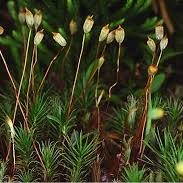
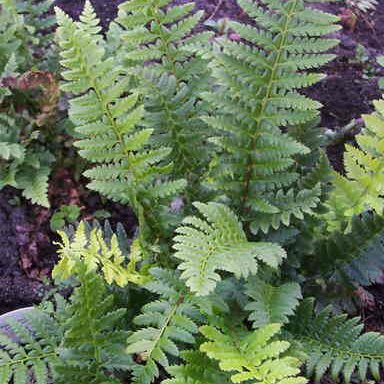
- View the MOSS male gamete movie and the FERN male gamete movie - For moss, the short movie (00:13-00:19) shows male gamete release, later it shows animal assisted fertilization).
Other Life Cycles: step by step, with or without narration.
- Life Cycle of Mosses
- Life Cycle of Ferns
- Life Cycle of a Gymnosperm
- Life cycle of an Angiosperm: (click on the image)
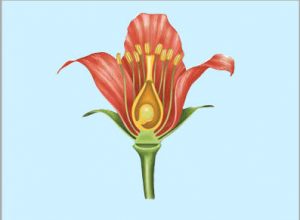
Diversity in Plant Transport Tissues - click to view
The Tree of Life Project: The Land Plants (Embryophytes) - more in depth material (website is currently down)
Vertebrate Character Examples:
- Variation in Reproduction and skin covering - egg or live birth? Are there exceptions?
- The Amniotes - you may need to use Safari or Firefox to see images and other links not seen in Chrome.
- Amniote vertebrate skull types and examples - anapsid, synapsid, diapsid
- Diversity in Vertebrate Hearts - Launch Interactive, then click on a representative animal to view the systemic circulations of oxygenated and deoxygenated blood. Then also view the heart details that you can activate to see the number of heart chambers and how they contract and relax.
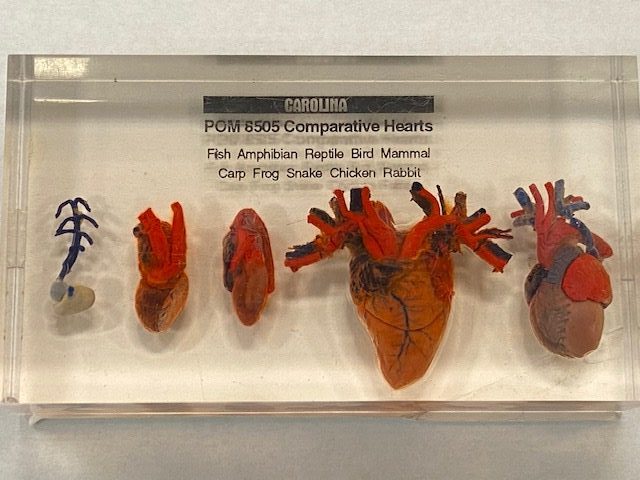
Introduction to Vertebrates - you may need to use Safari or Firefox to see images and other links not seen in Chrome.
The Tree of Life Project: The Vertebrates - more in-depth material (website is currently down)
Activities One and Two: Determining Relatedness Among Major Plant Groups (p. 88-97) and Vertebrate Groups (p. 97-108).
- Test your familiarity of the Major Plant* and Vertebrate* groups by trying to put the plants and vertebrate organisms pictured below in their appropriate groups.
- Working with your groups:
- Complete Table 6-2 and come to a consensus for each of the Plant Characters in Table 6-2. Fill in Table 6-2 in your lab manual AND then later as a group in the template provided in the Google Drive lab folder by your TA.
- As a group, complete Activity One #2 to make a cladogram for the plants. You will use the Table 6-2 that you have filled out as a group to complete this cladogram. Be sure to label the outgroup, ingroups, shared primitive, and derived characters appropriately on your cladogram (see Figure 6-1 as an example, though replace the name of the organism with the group name). Record your cladogram on page 89, scan it and upload it to the template.
- Compile a group collection of pictures of the organisms found in your Pre-Lab scavenger hunt:
- Since you have already agreed on Table 6-2, start with the plant groups listed on the table. Organize the pictures you took by plant group and insert into your Google doc template.
- Help each other ID any unknown organisms and see that they are placed in the appropriate group.
- Proceed to the Vertebrate groups, and come to a consensus for each of the Characters listed on Table 6-3. Fill in Table 6-3 as a group in your lab manual AND in the template. Organize the pictures you took by Vertebrate group and insert into your template. Help each other ID any unknown organisms and see that they are placed in the appropriate group.
NOTE: You will be completing an individual cladogram for the vertebrate groups as part of your individual Post-Lab assignment. - Will you be the group with the most correctly identified organisms?
- At the end of lab, your group will upload to Moodle all of the work completed in the provided template.
Major Plant Groups*
Which group do each of these belong in? - (Charophytes, Bryophytes, Pteridophytes, Gymnosperms, Angiosperms)
A. 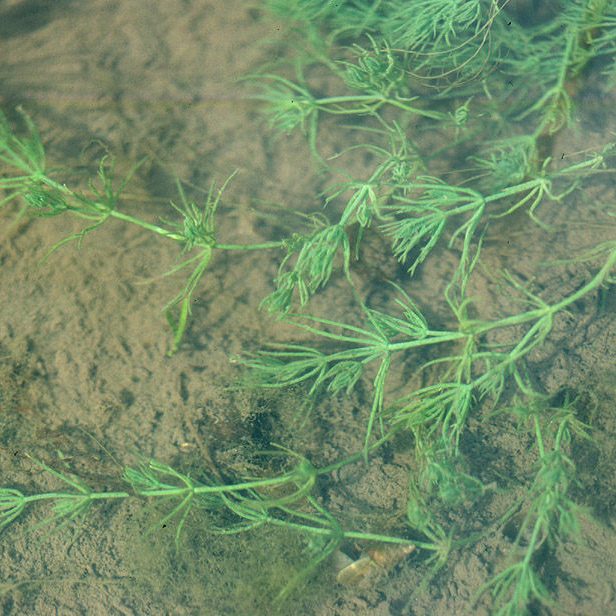 | B. 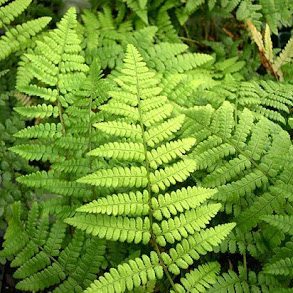 | C. 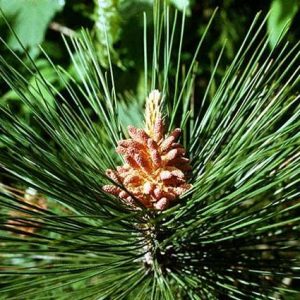 |
|
D.
| E. 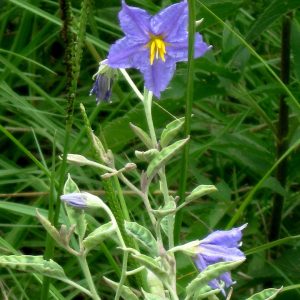 | F. 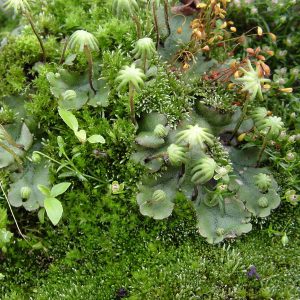 |
Major Vertebrate Groups*
To which Class or subgroup do each of these belong? (Amphibia, Mammalia, Reptilia - subgroups Crocodilians, Turtles, Lizards & Snakes, Birds/Aves)
1. 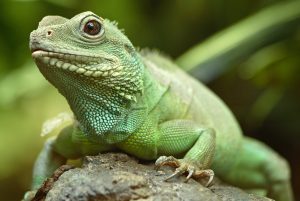
| 2. 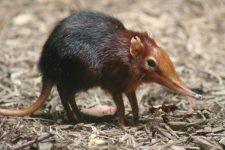
| 3. 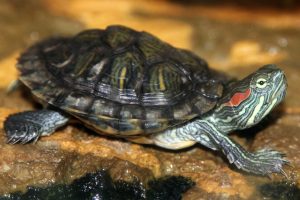
| 4. 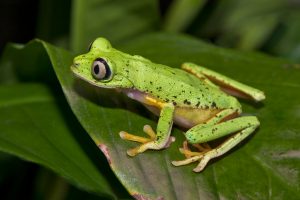
| 5. 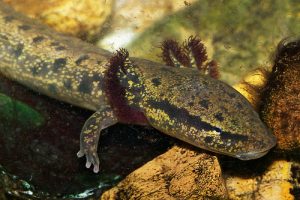
|
6. 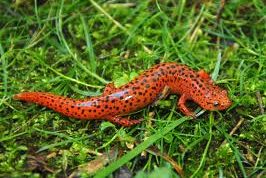
| 7. 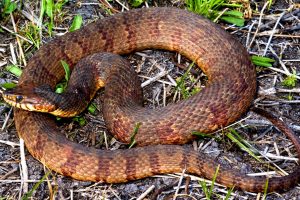
| 8. 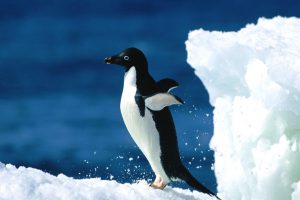
| 9. 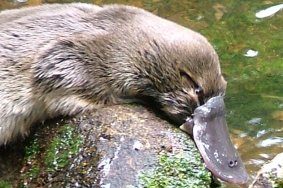
| 10.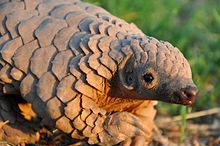
|
11.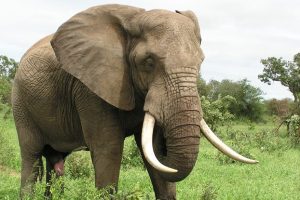
| 12.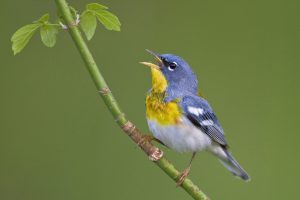
| 13.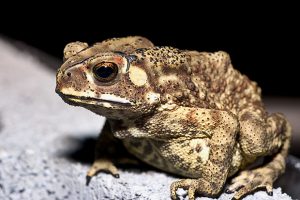
| 14.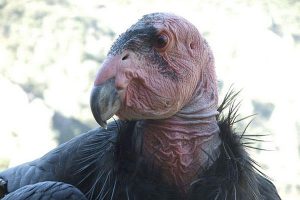
| 15.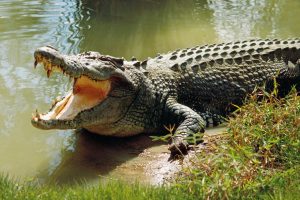
|
- Working on your own, construct a cladogram for the Vertebrate groups in Table 6-3 page 99. You can draw your cladogram on page 98 of your lab manual. Be sure to name of all groups, label the outgroup, ingroup, shared primitive character, derived characters (as seen in Figure 6-1).
- Complete Activity Three (p. 108-112). Fill in Table 6-4 Features of Land Vertebrates Compared to Select Extinct Species on page 112. Most of this table is filled out for you.
- View video - Great Transitions: The Origin of Birds (video transcript)
- Answer the questions in the Post-lab Assignment.
Are Birds Living Dinosaurs?
Activity Three: p. 108-112
Below is a cast of Archaeopteryx. Compare the bone structure seen in Figure 6-11 of the reptile and bird in your lab manual to what you can see below. Figure 6-11 in you lab manual is a more faded picture of the image seen below.
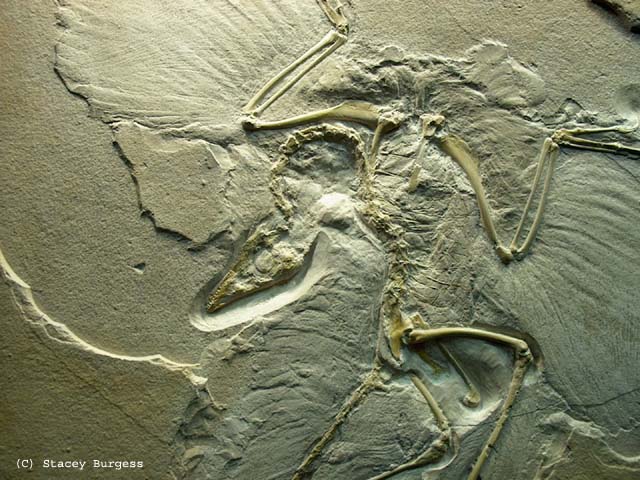
T. Rex Might be a Thing with Feathers
What Jurassic Park Got Wrong About Raptors (2:58) - this discusses how birds are like raptors.
Why did Ferns Persist When All Other Plants Perished? - Fern population explosion seen following mass extinction that ended the Cretaceous period.
